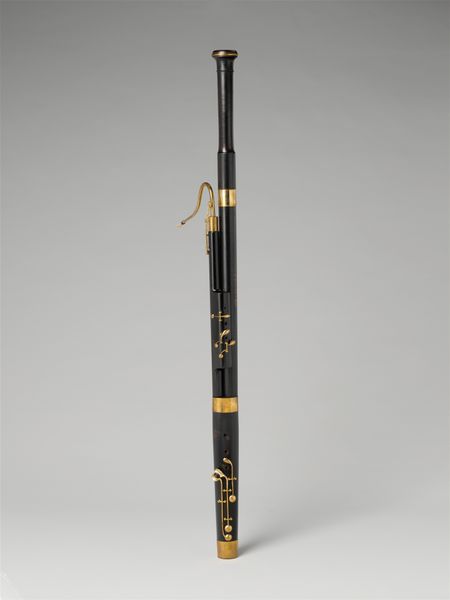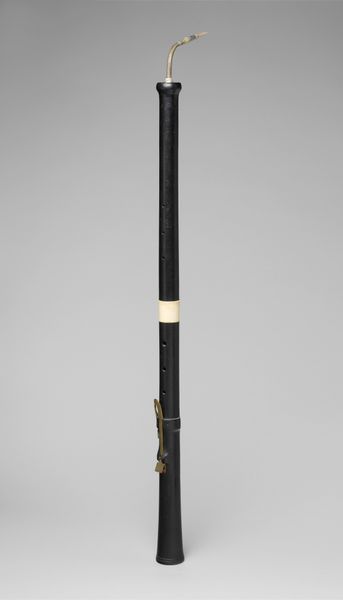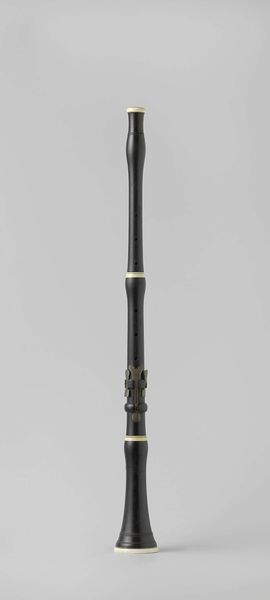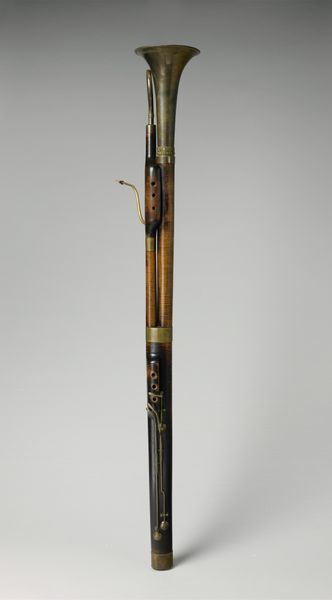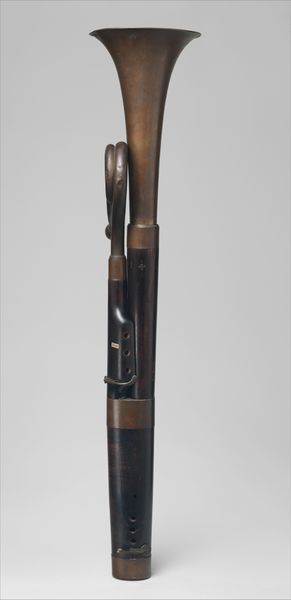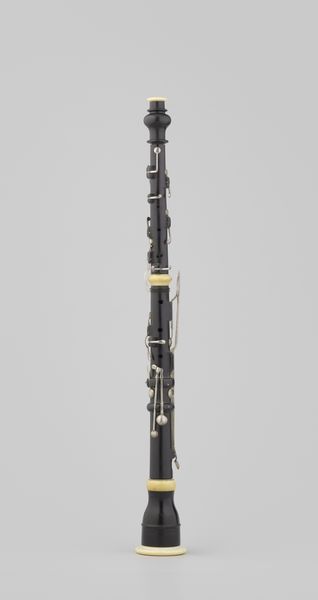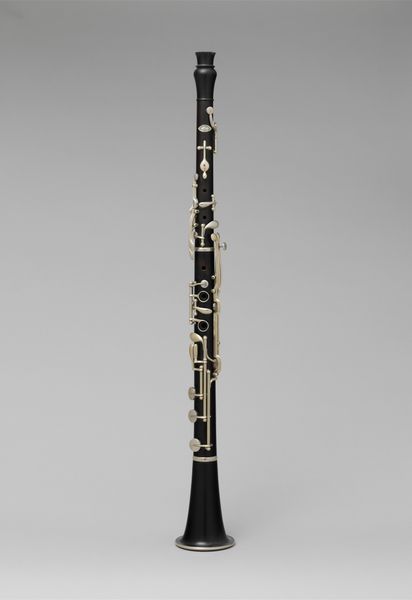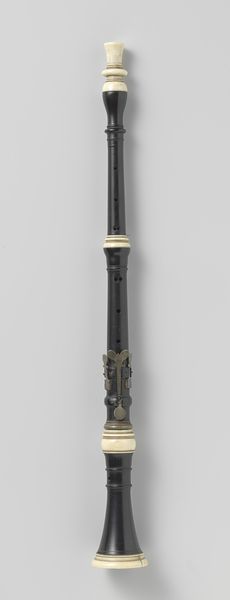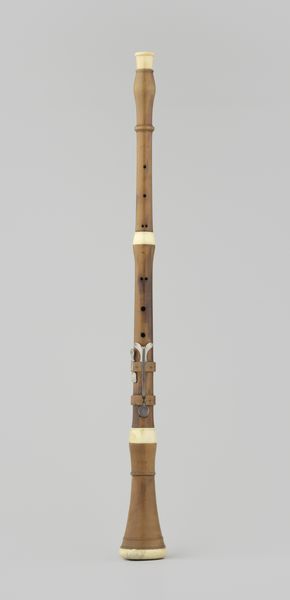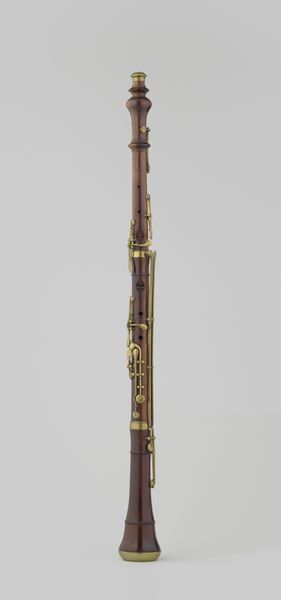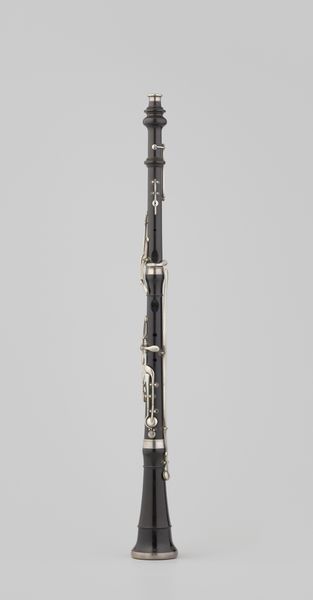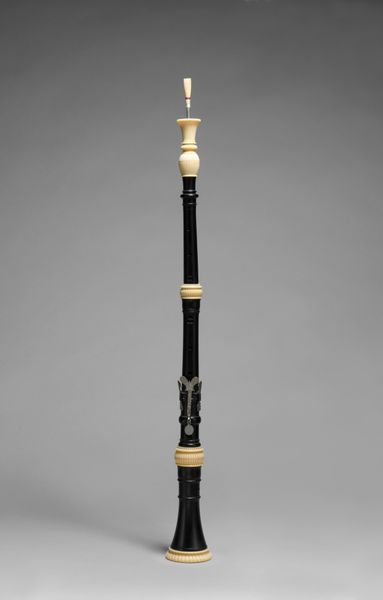
metal, wood
#
metal
#
romanticism
#
wood
#
decorative-art
Dimensions: Overall length: 69.5 cm (27 3/8 in.)
Copyright: Public Domain
Editor: We're looking at a Transverse Flute in G, made between 1820 and 1840 by Johann Wendelin Weisse. The combination of wood and metal is really striking. How can we begin to unpack the meaning embedded in an object like this? Curator: A vital starting point is to consider the flute’s presence within Romanticism. We need to analyze its historical context: what social strata had access to these instruments? Did women, for example, encounter any restrictions when performing instrumental music in that era? Editor: That's a really interesting angle. I hadn’t thought about the social implications of who got to play. Curator: Exactly. The flute wasn't merely a source of entertainment; it represented particular identities, both enabling and excluding certain groups. We can also consider the labour involved in crafting this instrument. Who were the artisans involved? Were their contributions valued or erased by the prominence of the instrument maker's name? Editor: So it's about looking at the power dynamics at play in the creation and consumption of art. Are there any specific visual elements that stand out to you in terms of their potential for social commentary? Curator: Consider the contrasting materials—the polished wood versus the gleaming metal. One whispers of organic origins, while the other speaks to industrial progress. In their juxtaposition, do they embody tensions between nature and technological advancement prevalent in the 19th century? Whose "nature" and whose "progress" are we even talking about? Editor: That's fascinating. Looking at this object in that way really encourages thinking about social structure, even when just facing a seemingly simple instrument. Curator: Precisely. Artifacts can offer powerful insight if we critically analyze how materials, techniques, and patronage intersect with the broader sociopolitical landscape. Every element contains a story. Editor: I learned a lot about applying theoretical frameworks to seemingly mundane objects. Curator: Wonderful! Analyzing art through a historical lens, using these conceptual instruments helps expose narratives otherwise unseen.
Comments
No comments
Be the first to comment and join the conversation on the ultimate creative platform.
